Starting a new fitness journey can feel overwhelming—especially if you’re not sure how to create a workout plan that suits your goals, lifestyle, and fitness level. But with the right approach, building a beginner-friendly routine can be both empowering and enjoyable. Whether you're looking to get stronger, lose weight, or simply move more, this guide will walk you through how to make a workout routine that works for you.
Why You Need a Workout Plan as a Beginner
When you’re just starting out, random workouts can lead to burnout, injury, or frustration. A structured plan helps you stay consistent, track progress, and build confidence in your body’s capabilities.
A well-balanced workout plan for beginners typically includes:
-
Cardio to improve heart health and endurance
-
Strength training to build lean muscle and increase metabolism
-
Mobility and flexibility to prevent injury and improve range of motion
-
Rest days for recovery and muscle repair
Step-by-Step: How to Make a Workout Plan for Beginners
1. Set Clear, Realistic Goals
Before lacing up your sneakers, ask yourself: What do I want from this? Whether it’s feeling more energetic, losing 10 pounds, or running a 5K, having a goal helps shape your plan and motivates you to stick with it.
2. Choose How Many Days You Can Commit
Start with 3 to 4 workout days per week. This allows for enough activity to build a habit while giving your body time to recover.
Example weekly layout:
-
Monday: Full-body strength training
-
Wednesday: Cardio + core
-
Friday: Full-body strength + mobility
-
Saturday (optional): Light cardio or active recovery
3. Balance Strength and Cardio
Your plan should target all major muscle groups while improving cardiovascular fitness. Here’s how:
-
Strength training: Bodyweight exercises (like squats, push-ups, lunges) or resistance bands are beginner-friendly and require minimal equipment.
-
Cardio: Start with 20–30 minutes of brisk walking, cycling, or a low-impact aerobic workout.
-
Core & mobility: Add planks, bird-dogs, and light stretching sessions to support your spine and prevent tightness.
4. Track Your Progress
Keep a simple log of your workouts—what exercises you did, how many sets/reps, and how you felt. This keeps you accountable and lets you see your improvement over time.
5. Listen to Your Body
Progress takes time. Soreness is normal, but pain is not. Rest when needed, hydrate well, and adjust your plan if something doesn’t feel right.
My Own Start: A Personal Note
When I first began working out, I followed random YouTube videos and skipped workouts when I felt too sore. It wasn’t until I sat down and created a simple weekly plan—just 30 minutes a day—that things started to click. I began seeing progress, feeling better, and looking forward to training. That structure was the turning point, and it’s what I recommend for every beginner.
Sample Beginner Workout Plan (No Gym Required)
| Day | Focus | Example Workout |
|---|---|---|
| Monday | Strength (Full Body) | Squats, Push-ups (knees), Bent-over Rows, Glute Bridges |
| Wednesday | Cardio + Core | 25-min walk + 3 sets of planks, crunches, dead bugs |
| Friday | Strength + Flexibility | Lunges, Shoulder Taps, Wall Sits + light stretching |
| Sunday | Optional/Recovery | Easy yoga flow or 20-minute walk |
Final Thoughts
Learning how to create a workout routine for beginners doesn’t require perfection—just a clear plan and a willingness to start. Be patient, stay consistent, and celebrate small wins along the way. Your future self will thank you.




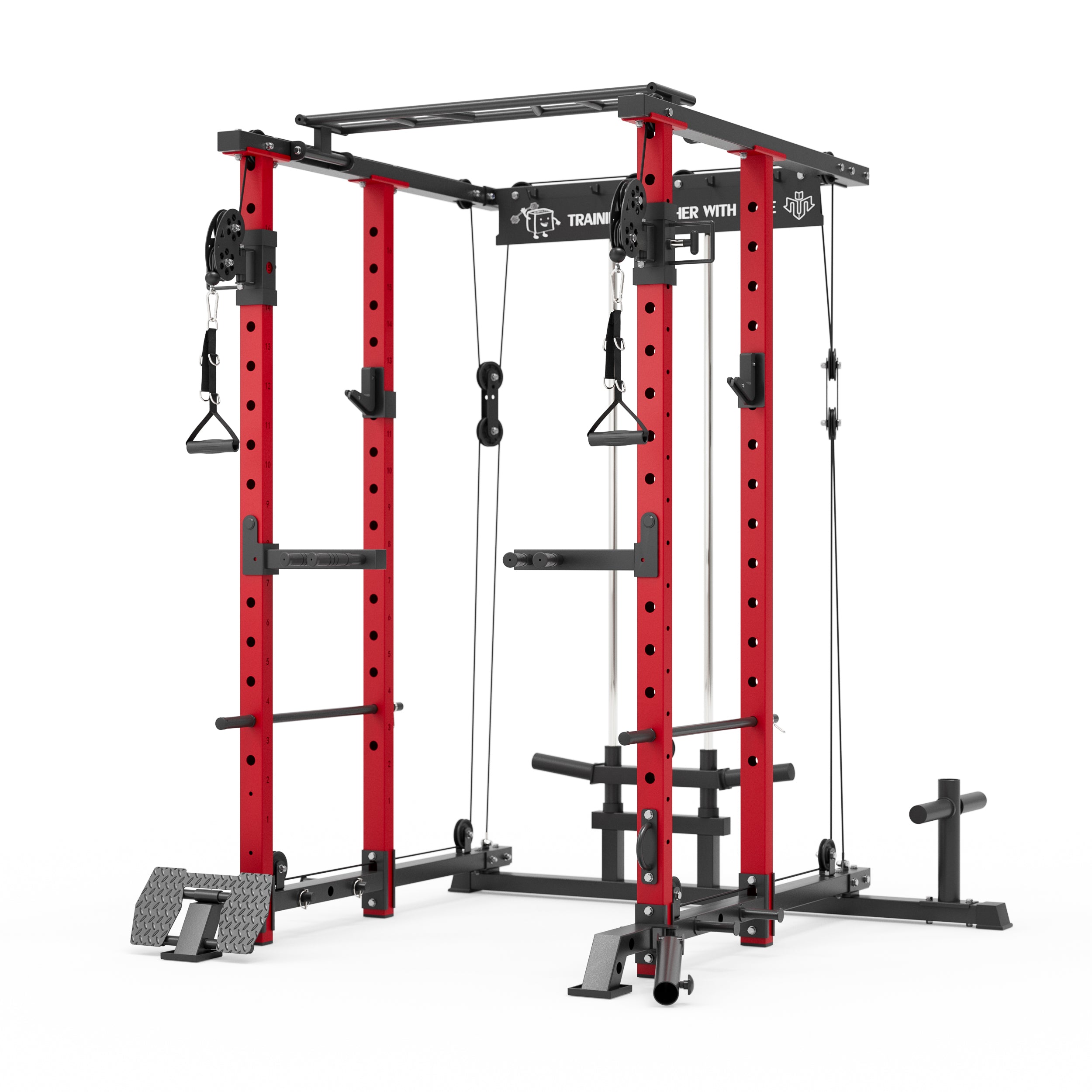


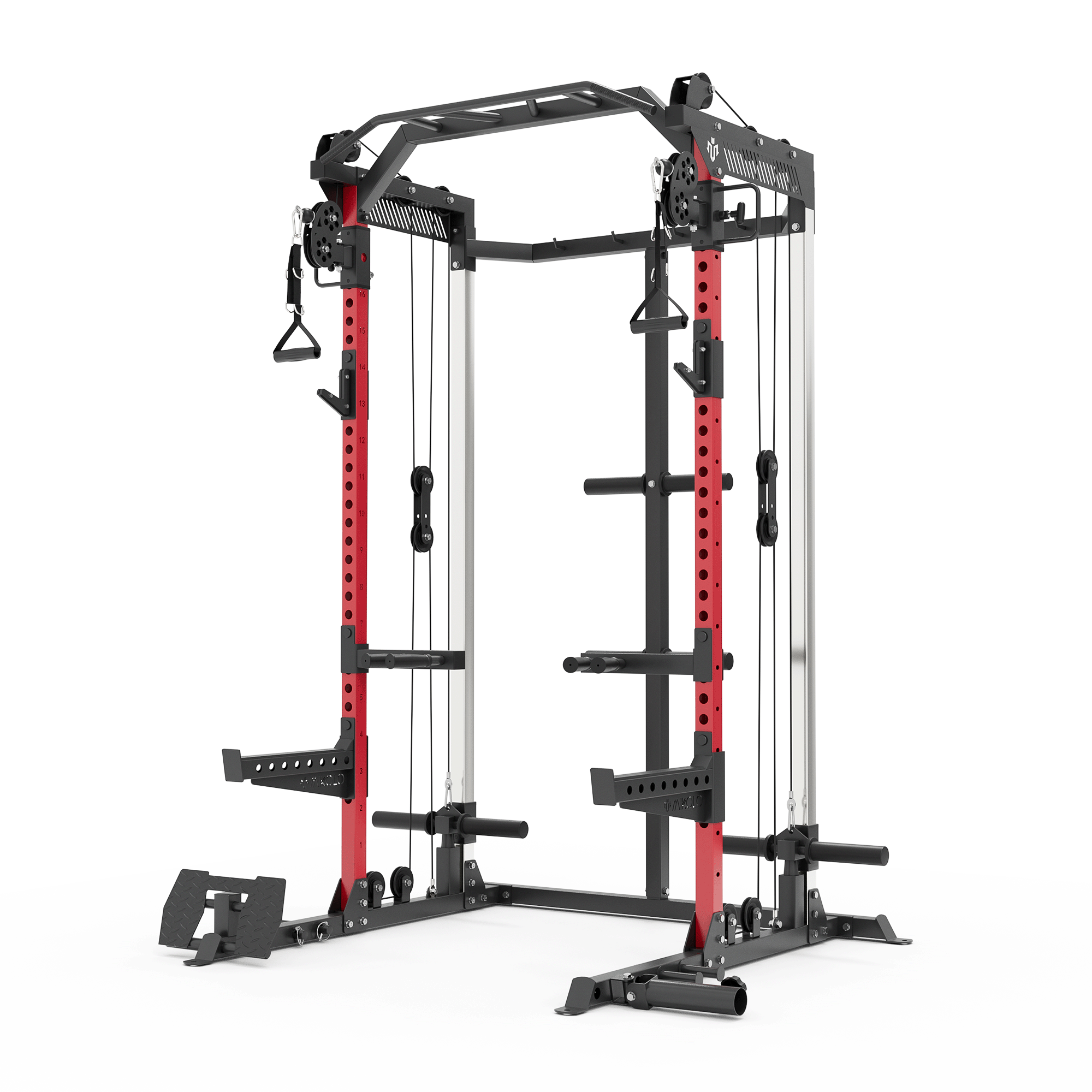























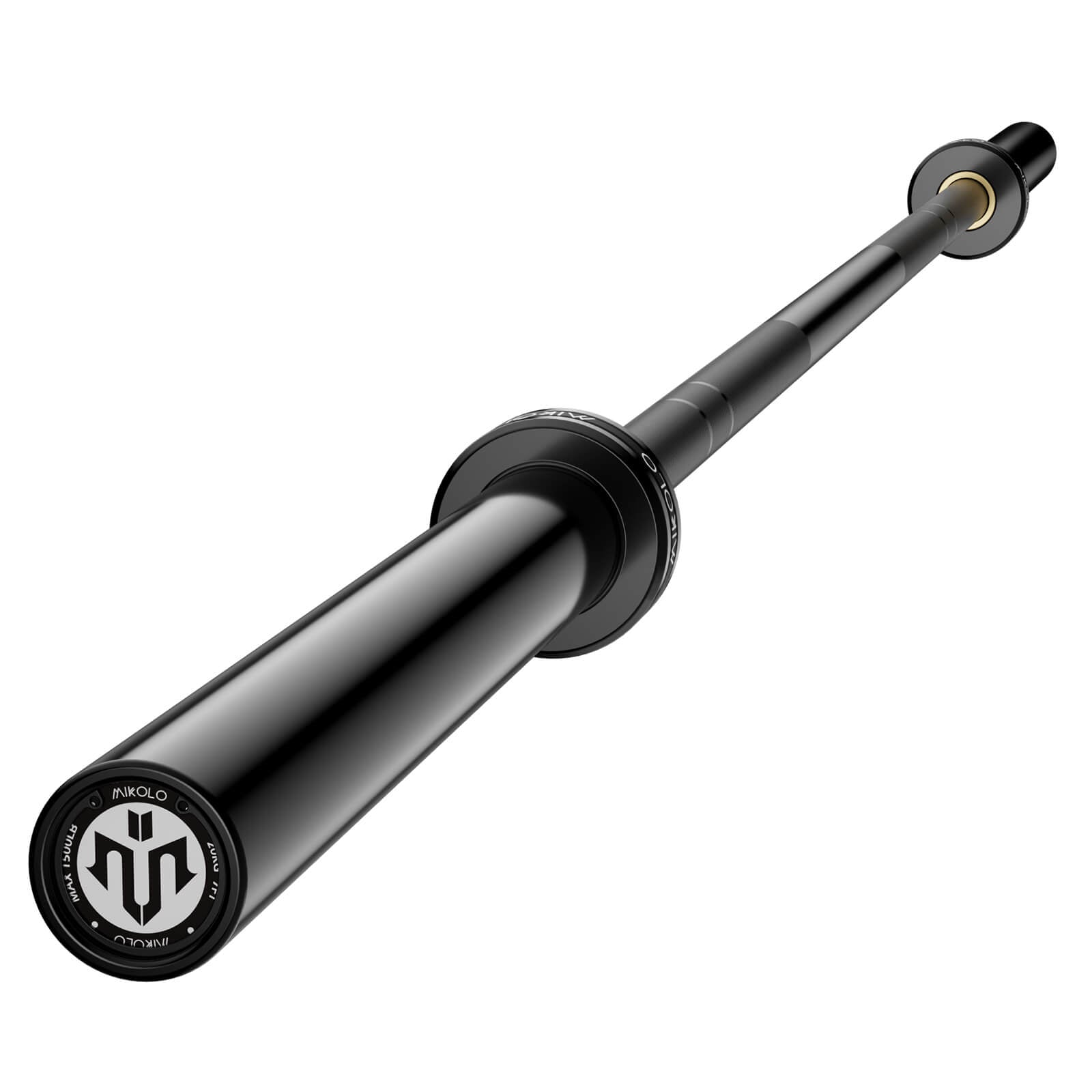









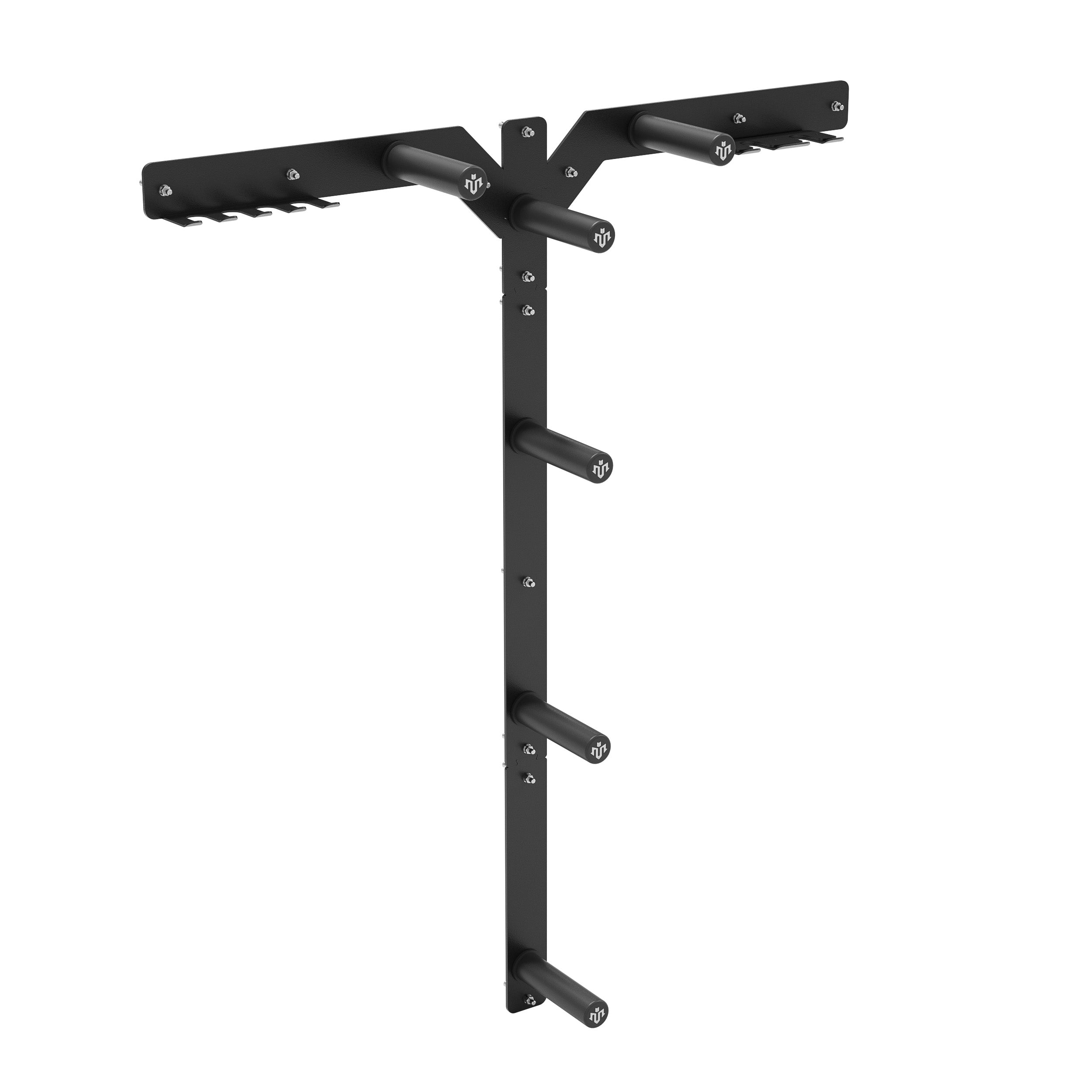





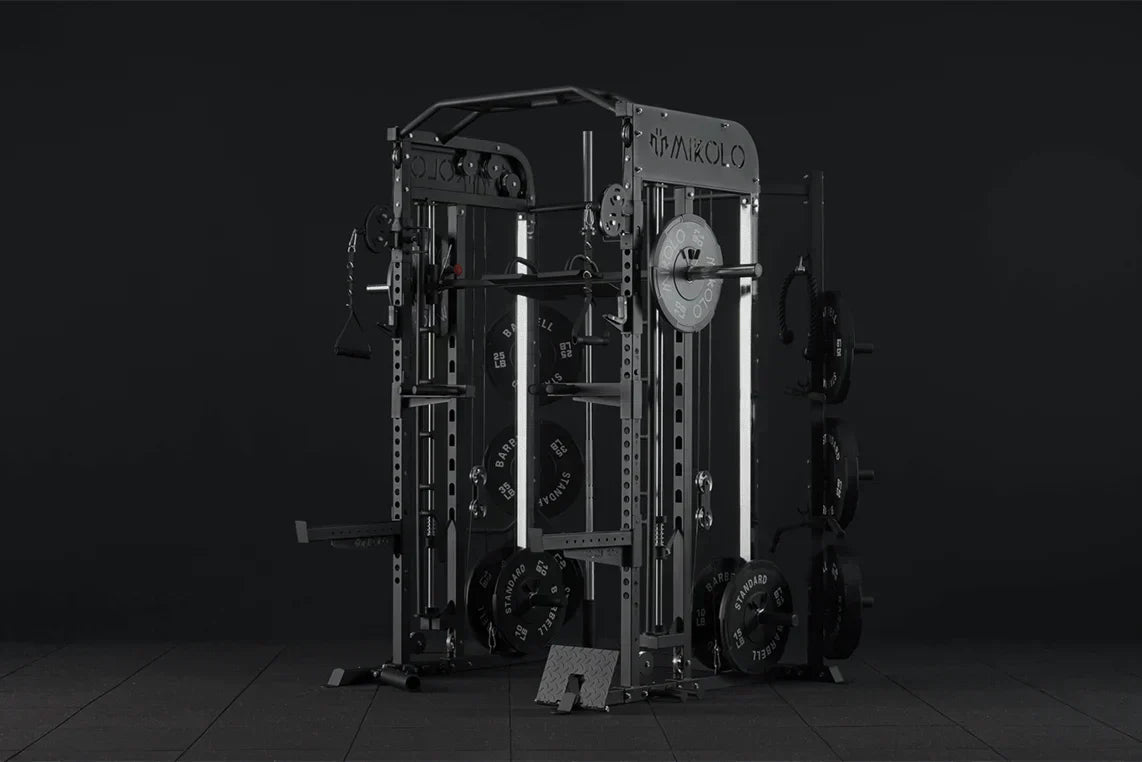
Leave a comment
This site is protected by hCaptcha and the hCaptcha Privacy Policy and Terms of Service apply.